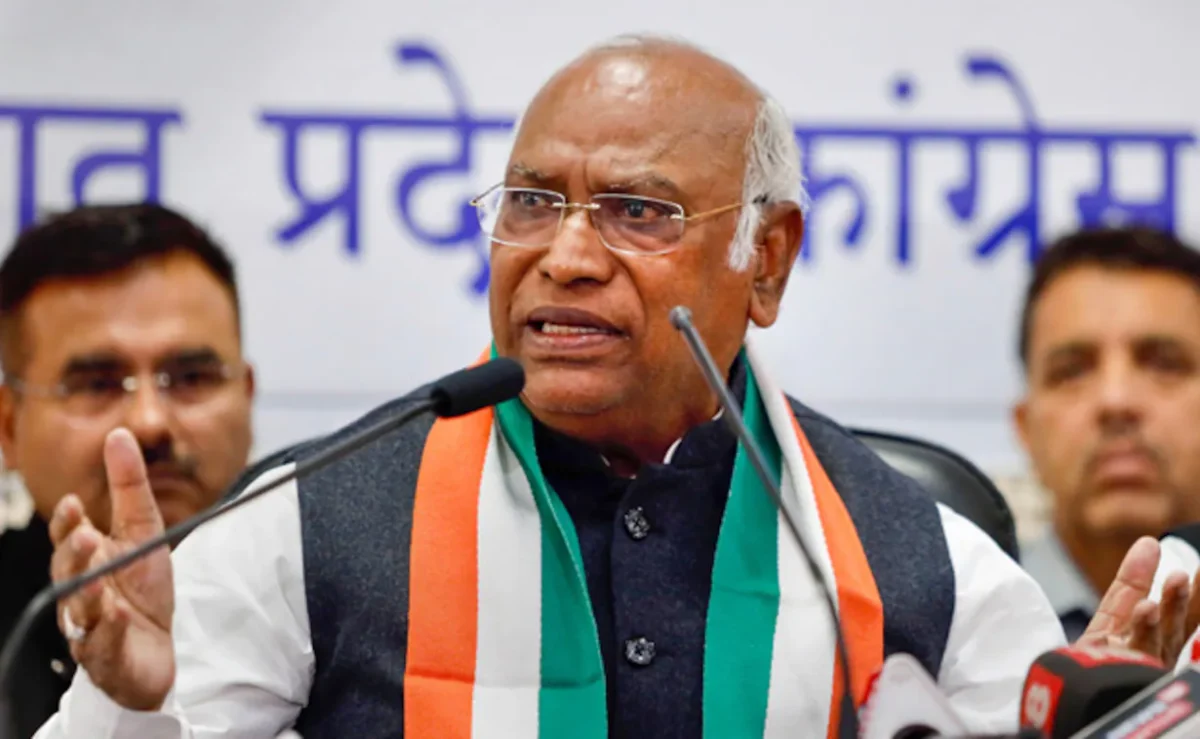In a move of political brinkmanship, the Congress party released a scathing “black paper” critiquing the tenure of the Narendra Modi-led government, just hours before the government’s scheduled presentation of a “white paper” in Parliament. The black paper, titled ’10 Saal Anyay Kaal 2014-2024 (10 years of injustice)’, lambasts the Modi administration for what it perceives as economic devastation, aggravated unemployment, and the destruction of the agriculture sector during its reign.
Table of Contents
Political Jousting: Congress vs. Modi Government
The release of the Congress’s black paper comes amidst escalating tensions between the ruling Bharatiya Janata Party (BJP) and the opposition party. While the BJP has promised a detailed analysis of the economic performance during the Congress-led UPA era compared to its own governance, the Congress has preemptively struck with allegations of mismanagement and injustice under the Modi regime.
The Narrative of Injustice and Discrimination
Congress president Mallikarjun Kharge, the flagbearer of the black paper, asserts that the Modi government has perpetuated injustices against various segments of society. From economic disparity to social disharmony, the black paper paints a grim picture of the past decade under BJP rule. Kharge accuses the government of favoring corporates, neglecting job creation, and resorting to unethical means such as electoral bond fundraising.
Spotlight on Economic Performance
Central to the Congress’s narrative is the critique of the Modi government’s handling of the economy. The black paper highlights issues such as unemployment, inflation, and farmer distress as indicators of the government’s alleged failures. By juxtaposing these challenges against Modi’s promises of economic prosperity, the Congress aims to undermine the government’s credibility on matters of governance.
Defending Democracy Amidst Allegations
Kharge’s accusations extend beyond economic mismanagement to encompass threats to democracy itself. He alleges that the BJP has systematically undermined democratic institutions by toppling state governments and coercing elected representatives. The black paper serves not only as a critique of the government’s policies but also as a warning against what the Congress perceives as authoritarian tendencies.
The Anticipated White Paper: Government’s Response
While the Congress launches its offensive with the black paper, the Modi government prepares to counter with its own narrative in the form of a white paper. Scheduled to be presented by Union Finance Minister Nirmala Sitharaman during the ongoing Budget Session of Parliament, the white paper aims to scrutinize the economic performance of both the UPA and NDA governments over the past decade.
Unveiling the Government’s Perspective
In presenting the white paper, Sitharaman seeks to address what the government perceives as economic mismanagement during the UPA era, laying the groundwork for a comparative analysis with its own governance. By providing an overview of its economic strategies and achievements, the government aims to justify its policies and garner public support ahead of the upcoming Lok Sabha elections.
Assessing the Economic Landscape
The white paper is expected to delve into various aspects of economic policy, including fiscal, monetary, trade, and exchange rate policies. Through a comprehensive evaluation, the government intends to offer insights into the challenges faced and the strategies employed to navigate them. This document serves as a tool for transparency and accountability, allowing citizens to gauge the efficacy of government measures.
Political Maneuvering in the Budget Session
As the Budget Session progresses, both the Congress’s black paper and the government’s white paper set the stage for intense political debates. With the Lok Sabha elections looming on the horizon, each party seeks to sway public opinion in its favor. The ensuing parliamentary discussions will not only shape the narrative of governance but also influence the electoral outcomes in the months to come.
In the midst of this political showdown, the fate of the nation’s economic trajectory hangs in the balance. As competing narratives clash and agendas collide, the true test lies in the ability of India’s democratic institutions to withstand the pressures of partisan politics and uphold the principles of transparency, accountability, and justice.
Do Follow Inpac Times for more updates.
